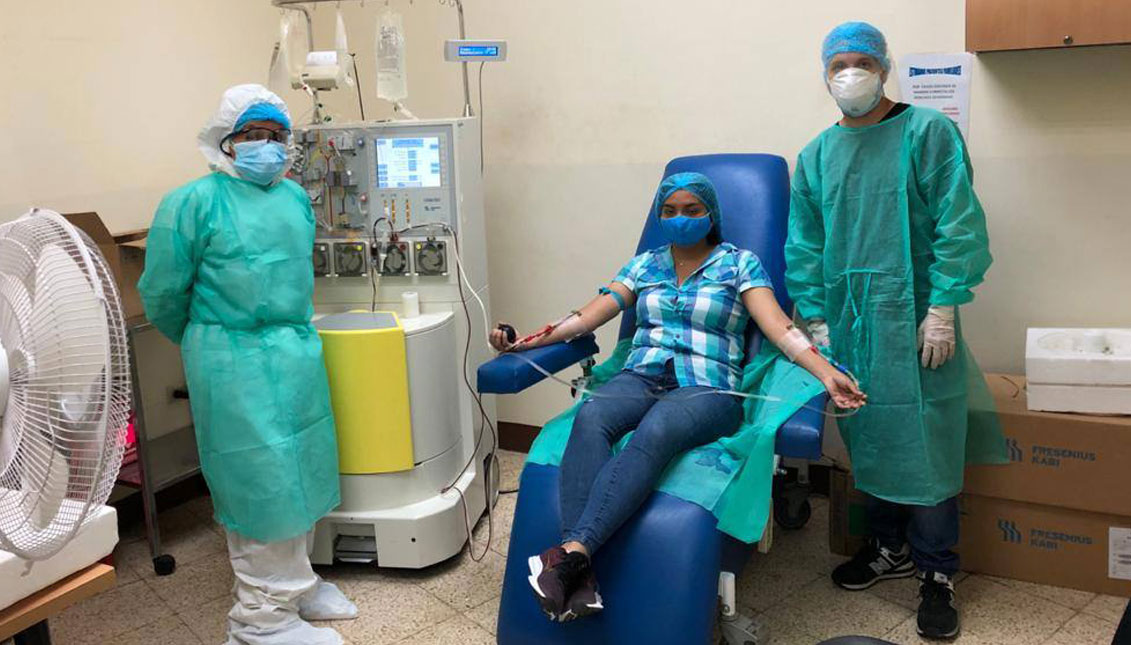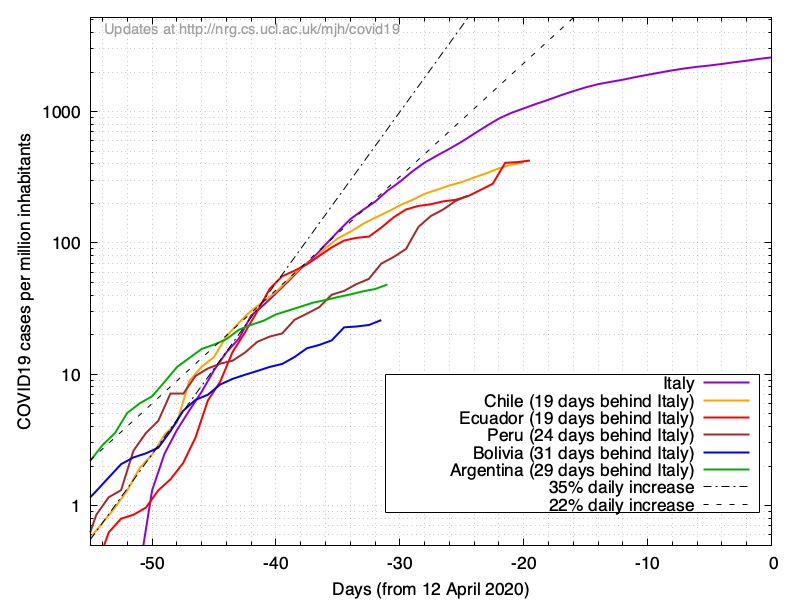
The Dollar And The Repatriation From Spain, Keys to The Pandemic in Ecuador
Desolate images of abandoned bodies in front of houses on the streets of Guayaquil, Ecuador abound, but how did the situation get to this point?
From the second week of March, South America began to turn off the lights and take shelter indoors to contain the COVID-19 pandemic. With varying degrees of harshness, governments have taken containment measures and Ecuador was one of the first countries to announce its own. Even so, at the moment it is one of the most worrying epicentres in the region. What happened? The answer lies between the curfew, dollarization, and the Ecuadorian diaspora in Spain.
Ecuador declared a health emergency on 12 March and on the same day decreed a quarantine for those who had recently travelled to China, South Korea, Spain, France, Italy, Germany or Iran. It also cancelled classes, restricted mass events from midnight onwards and asked all kinds of entities - from churches onwards - not to hold large-scale events.
Two days later, they had already banned meetings of more than thirty people, closed borders and imposed quarantine on travellers from thirteen countries. On March 17, a nationwide curfew was imposed from 9 p.m. to 5 a.m. and restrictions were placed on the movement of vehicles.
By this time, Ecuador was reporting 111 positive cases, a month later there are already 7,529 in a country with 17.08 million inhabitants.
The difference between the quarantine and the curfew is of enormous importance, because although the Ecuadorian government had the wisdom to close borders and impose the quarantine on those who came from abroad early, not extending the quarantine to the entire population made the number of interactions higher than what was feasible in order to contain the epidemic.
The already relative laxity of the curfew - compared to the implications of a quarantine - is aggravated by two factors: the first is that, as in other Latin American countries, the high level of informality in the Ecuadorian economy means that thousands of people live from day to day, so a curfew puts them in a situation of economic vulnerability that forces them to go out.
The second factor is that, as reported by BBC World, many of the people who had been quarantined failed to comply and went out to celebrate, attend meetings and, consequently, facilitated the spread of the disease in their respective populations.
One mechanism for relieving people in economically vulnerable circumstances that has been used by multiple countries is the provision of subsidies. The Ecuadorian government offered a stipend of $60 per month to informal vendors to help ensure their food security.
However, the disruption of supply chains has led to higher food prices, making the amount less relevant. In Guayaquil, the main epicenter of the pandemic in Ecuador, the cost of potatoes has quadrupled in the past month, according to the New York Times.
The cash subsidy also has led to large crowds at banks, making it easier for people to get infected.
Given the population's inability to work and the need for greater circulation of money, most states could resort to printing money, but this is not a viable resource for Ecuador.
RELATED CONTENT
Since the year 2000, when the country suffered a strong economic crisis, Ecuador assumed the US dollar as its official currency, which makes it impossible to issue banknotes and in turn closes the way for this resource of economic containment.
Another element that impacted on the speed with which the pandemic spread in Ecuador and why it has affected Guayaquil so much is the close link between Ecuador - Guayaquil, especially - and Spain.
The diaspora of Ecuadorians in Spain is one of the largest, after the one that has settled in the United States, according to data from the Spanish National Institute of Statistics' report for the first half of 2019, there were 133,201 emigrants residing in the country. To this number must be added those residents whose situation is not legalized.
According to BBC World, 22% of Ecuadorians living in Spain are from the province of Guayas, whose capital is Guayaquil; the second most populated city in the country.
This in turn implies that there is a frequent flow of Ecuadorians from Spain returning home, especially during the holidays or at the beginning of the year. If we add to this the number of people who have tried to return to Ecuador by fleeing the epidemic in Spain and the fact that Ecuador's two international airports are in Quito and Guayaquil, it becomes clear why the main focus of infection is in that coastal city.
In fact, the first case Ecuador reported was a citizen who arrived directly from Madrid to Guayaquil.

With 355 deaths reported by COVID-19, hospitals overwhelmed and the population desperate with desolation and unhealthiness, Ecuador's epidemiological curve is one of the most similar to that of Italy. Containing the pandemic is going to be more delayed, painful and will require much stricter social distancing measures than those the government has adopted so far.











LEAVE A COMMENT:
Join the discussion! Leave a comment.